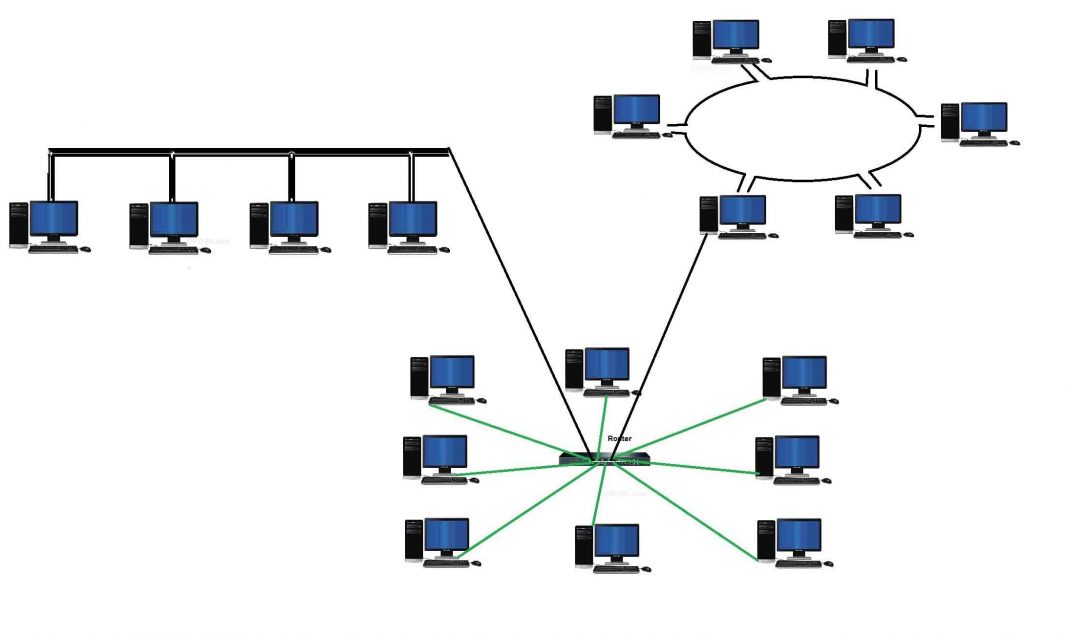The market research and consulting organization based in San Francisco says that, when we enter into the millennium, the reach of internet traffic will have 350,000 Terabytes in a month. This is the most significant breakthrough because it shows that the data has already exceeded the network of voice. Therefore, people are now in the process of building a complex and huge network, in order to fulfill the highly increasing need for access to a higher-speed network.
The decisions, which are made by the architects of the network, today will have a huge influence on the future profitability, competitiveness, and flexibility of network operators.
Even though the synchronous optical network (SONET), which is a transport technology that is based on TDM (TIME division multiplexing), is dominant, more and operators give preference to accept a point-to-point strategy nowadays, that is eventual mesh topology. The aim of this article is to highlight the key benefits of this new technology.
The need for wideband access is becoming stronger day today. At present, around 1.5 million families already have a digital subscriber line (DSL) or cable that is capable of functioning at 1 Mbps. There is no doubt that the service providers can expect a bright future in this field. However, they can’t neglect a number of immediate challenges that they have to be addressed.
The first factor that comes to the top of the list is that the service providers have to make the network investments before revenues are realized. This will result in a need for more efficient as well as less complex network builds.
As a part of the effort to cut the cost of the network, the service providers have to take action across plenty of fronts. The main efforts are the following.
- They have to consolidate the elements of the network
- They have to boost reliability
- They have to reduce costs of the component system
- They have to slash operational costs
As far as optical networks are concerned, the development of new network designers such as mesh topology or a point-to-point design is the action that is likely to be made the most impact. Ring architectures will get support, but ATM (asynchronous transfer mode) networks and IP (Internet Protocol) will find that mesh topology provides itself with strong optical rerouting schemes, with the help of its well-defined optical nodes.
Mesh topology or point-to-point design in the metro optical network
Definition: According to the point-to-point design, one node is directly connected to another node. This technology possesses a network architecture, which can provide a dedicated connection from one node to another node. It will help improve on point-to-point topology and this network architecture is known as a mesh.
Topology: The method of organizing several various devices contained in a network is known as topology. Topologies can be classified into five according to the method of interlinking the devices in a network. The five types of topologies are Star, Bus, Ring, Tree, and Mesh. Among the five mentioned above, mesh topology is the most popular and beneficial.
The eventual Importance of technology in mesh topology or point-to-point strategy is a new approach in transport technology and its advantages are many.
